Pasteurization has become an industry standard for numerous food companies, most notably anyone dealing in milk products. However, pasteurization can also be used for foods and semi-solid products to prevent the spread of disease and improve shelf life.
Read on to learn more about six food pasteurization advantages.
Benefits of Pasteurizing Foods and Semi-Solids
Pasteurization has several advantages when used to treat food products, making it an essential part of the food processing industry. Among the many foods and semi-solid products that benefit from pasteurization are:
- Jams and jellies
- Salad dressing
- Cream
- Soup
- Stew
- Canned goods
- Baby food
- Sauces and salsa
- Syrups
- Yogurt
- Eggs and egg products
- Toothpaste
- Condiments, such as ketchup, mayonnaise, and mustard
- Milk
- Beer
This isn’t a comprehensive list, as pasteurization can benefit any food product that may be at risk of exposure to bacteria and other microbes. The food must also be able to withstand high temperatures without being significantly altered.
6 Benefits of Food Pasteurization
Pasteurization kills harmful bacteria and is essential to preparing certain foods and semi-solids for distribution. The process offers six important advantages:
Prolonged shelf life
Keeping a product fresh long enough for it to make it to market and then on to consumers’ pantries is key. Some bacteria and other microorganisms can cause food products to deteriorate faster than it takes for the end consumer to purchase them. Therefore, pasteurization is vital to making your food products viable.
Preventing Disease
Organisms that cause foodborne illness are found in many food products. Removing them to ensure your product is safe for general consumption is critical. For example, eggs are known to spread salmonella and avian flu, and pasteurization kills the organisms that cause those diseases.
Some food products are breeding grounds for microbes. There’s always a chance your product could cause illness if it’s not pasteurized—regardless of the sterility of your processing plant.
Quick and safe sanitation
There are many ways to sanitize food products, but few are as quick or safe as pasteurization. With pasteurization, the temperature of the product is raised enough to destroy any microorganisms that may be present.
Other methods may involve chemical treatments or radiation and may not be the safest to use.
Pasteurization is also faster than most methods that rely on filtration or other means.
Consistent product quality
By eliminating volatile contaminants, the product becomes more stable. Therefore, the quality of your product is more consistent. A more consistent product means that your customers know what to expect from your production lines.
Potential improvements in flavor and scent
In some cases, the pasteurization process can improve the smell and taste of your product. Certain foods and other products may have bacteria that produce unpleasant odors over time but do not necessarily impact the product’s quality. Removing those bacteria can create a more consistently pleasant experience for the consumer.
Regulatory compliance
Numerous laws are in place that require certain food products to be pasteurized or otherwise treated to remove bacteria and viruses. For example, the FDA requires that pasteurized eggs or egg products should be used instead of raw eggs in certain products when serving populations such as school children and nursing home patients. Regulations that apply to your industry may vary by state.
How the Pasteurization Process Works
Here are the pasteurization steps for foods and semi-solids:
Heat treatment
In most cases, the pasteurization process involves heat-treating products, usually steam or hot water immersion. The product may be pasteurized inside or separate from its packaging, but the heat kills unwanted pathogens.
Target temperatures
The heating process is very carefully controlled. It should be hot enough to get the job done but not so hot that it alters the product detrimentally. As such, the process involves precise and specific temperatures.
Time
The product is held for a set time once it reaches the target temperature. Again, this is very carefully regulated to maintain the integrity of the product. The temperature is lowered back to the desired level for the market upon process completion.
Choosing the Right Pasteurizer for the Job
Pasteurizing your solid and semi-solid food products properly requires the right pasteurizer. Pasteurizers come in various configurations, including steam box pasteurizers and tunnel pasteurizers.
Steam box pasteurizers
A product case, pallet, or vat is placed inside a steam box pasteurizer chamber. This pasteurization method uses steam to raise the food or beverage to the desired temperature. This method is excellent for treating large batches of products at once.
Tunnel pasteurizers
A tunnel pasteurization system runs the product through a series of chambers in which the temperature gradually increases via subsequent water jets. Once completed, the product is slowly cooled back down. Tunnel pasteurization systems are perfect for fragile packaging and as part of continuous production lines.
The Importance of a Well-Designed System
With either tunnel or steam box pasteurization, you’ll need a system designed to:
- Bring large quantities of product to precise temperatures
- Operate reliably and efficiently
- Adhere to highly specific timeframes
- Outlast the rigors of your production process
At Smart Machine Technologies, we design pasteurization systems that can handle solid and semi-solid products in a reliable, efficient manner. Let us help you improve your pasteurization process.


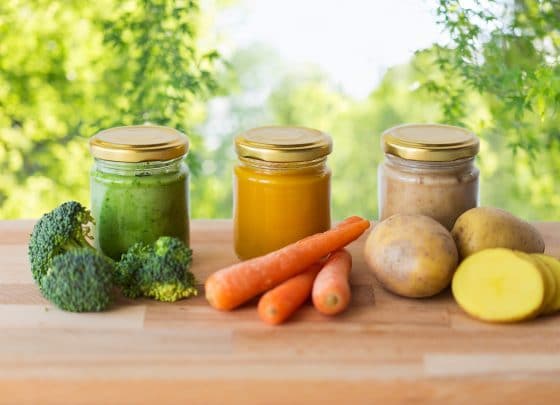
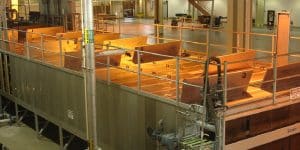

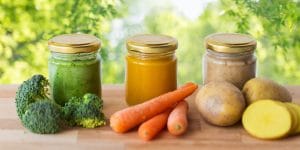
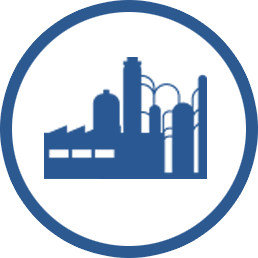 Contract
Contract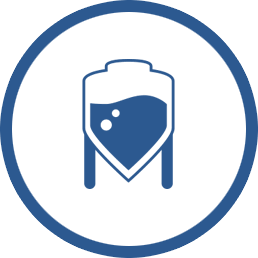 Food & Bev
Food & Bev